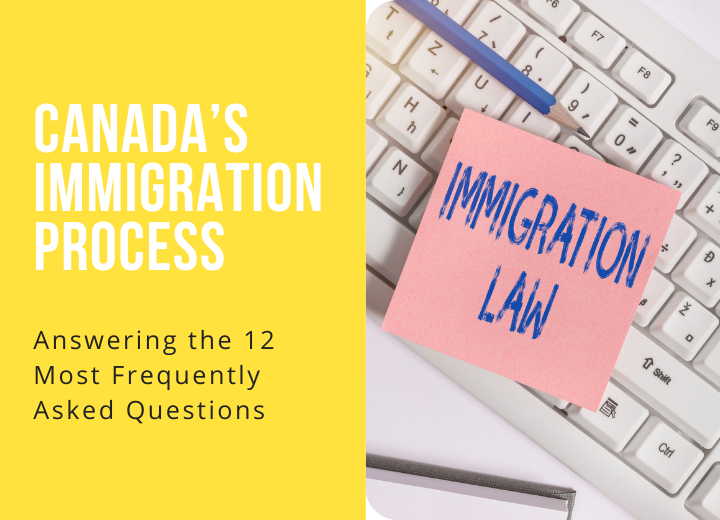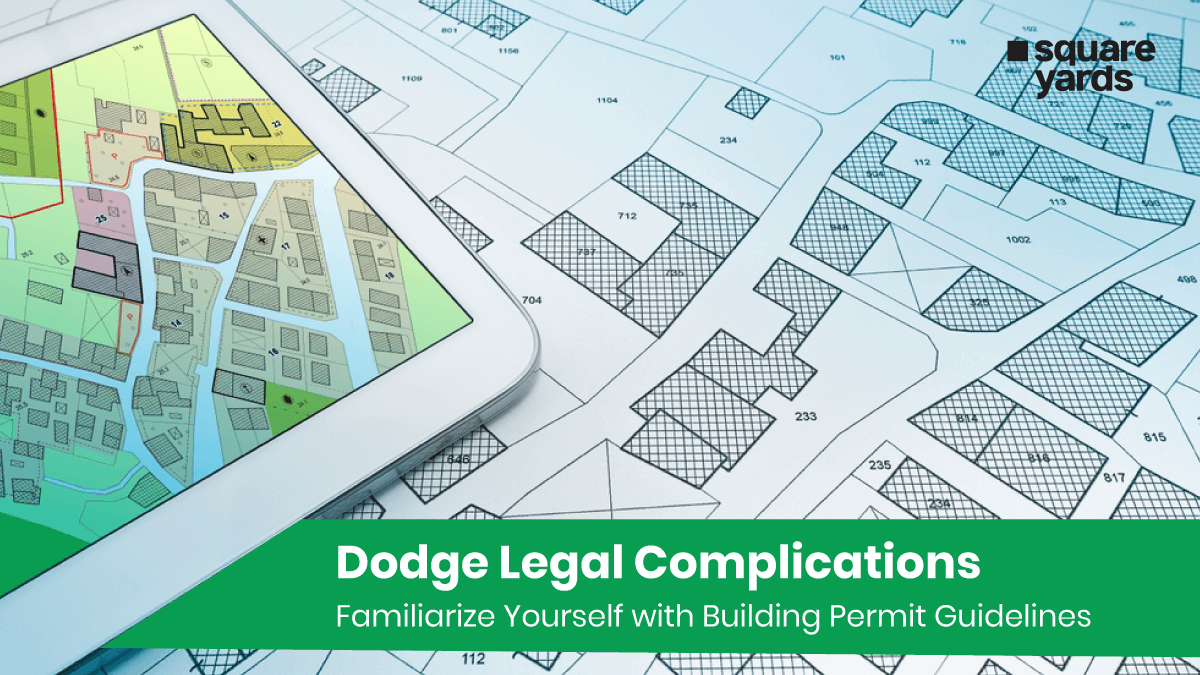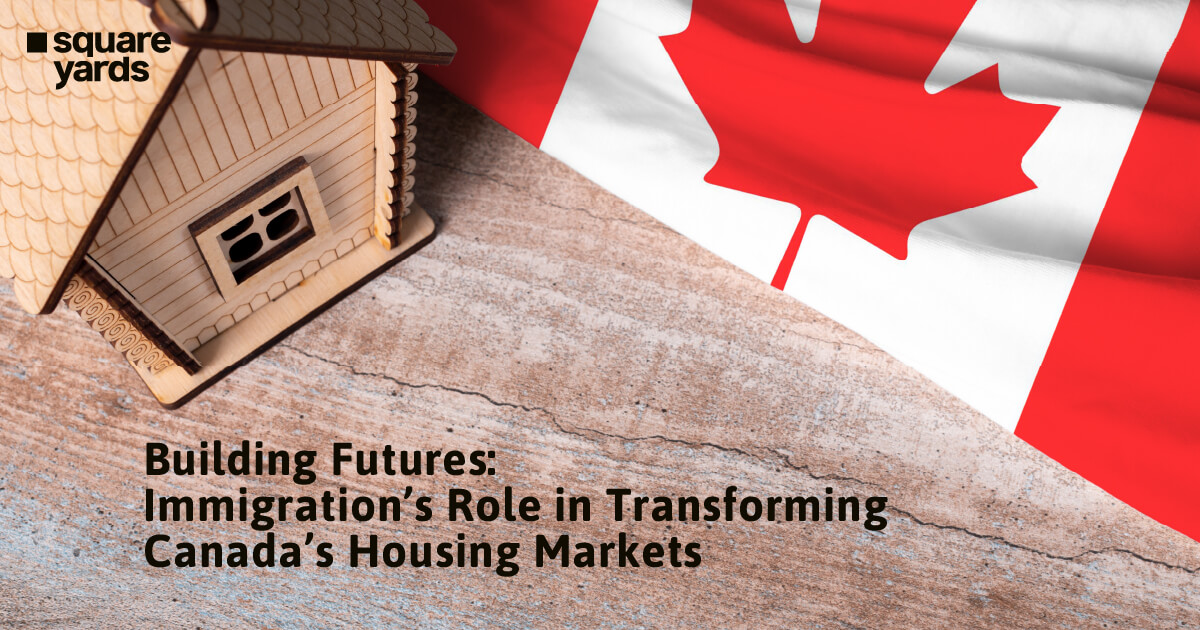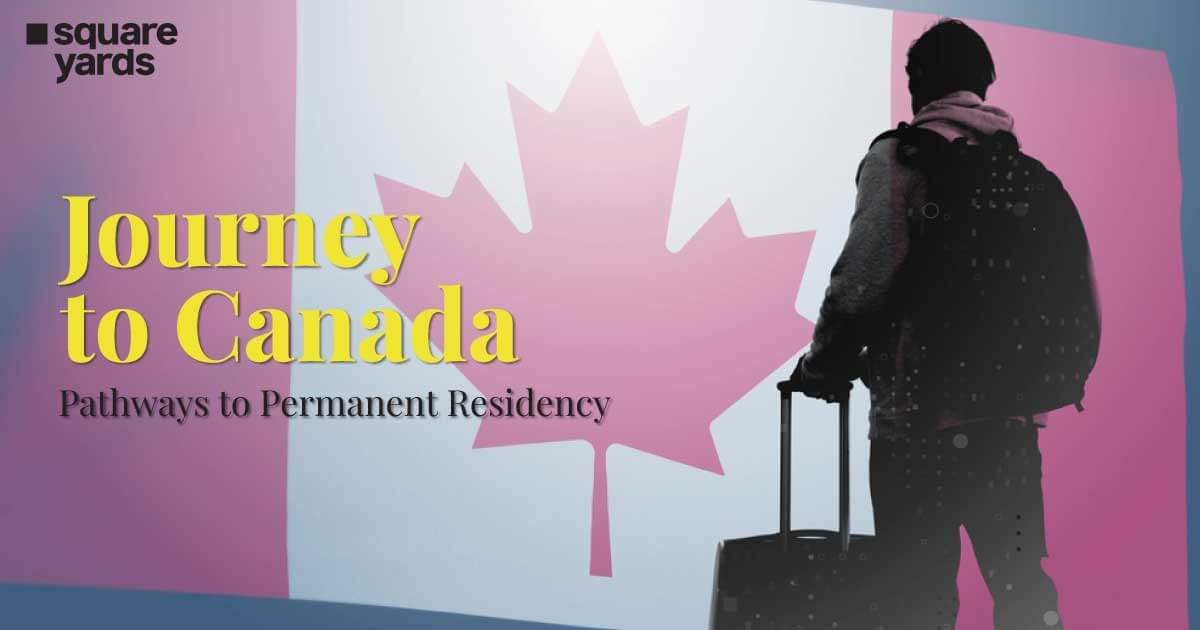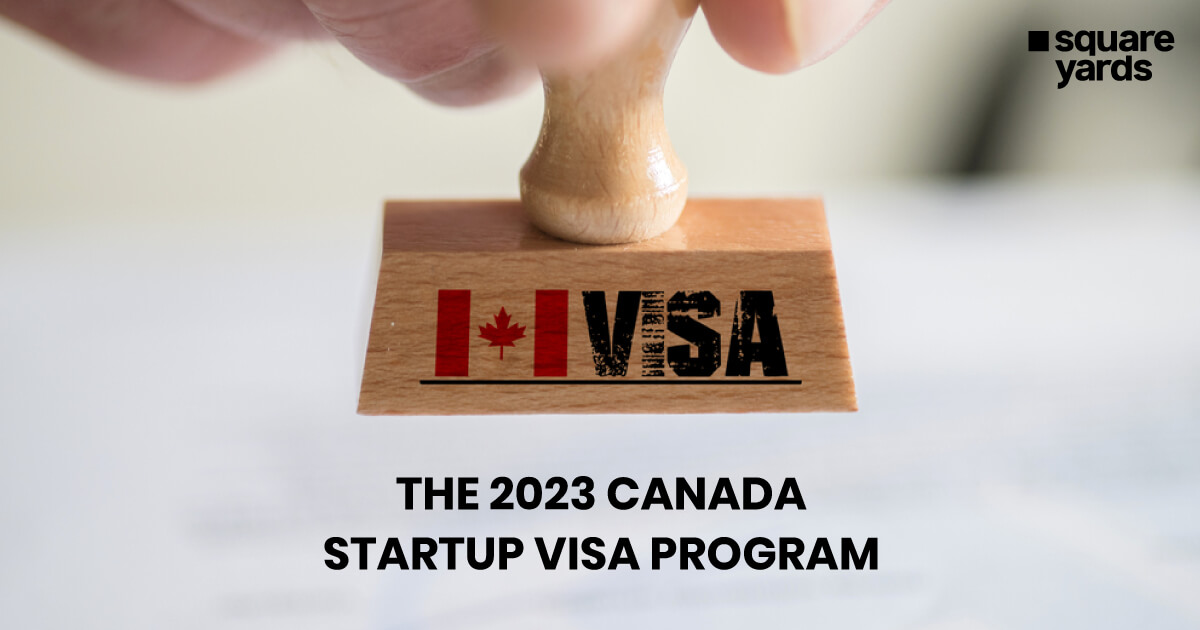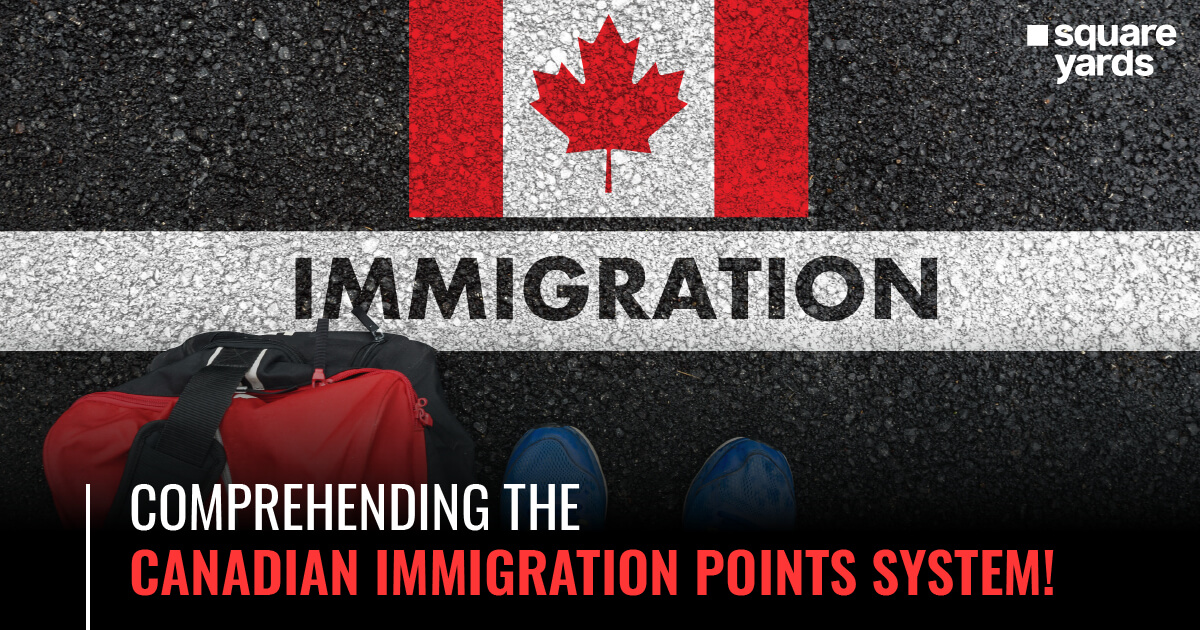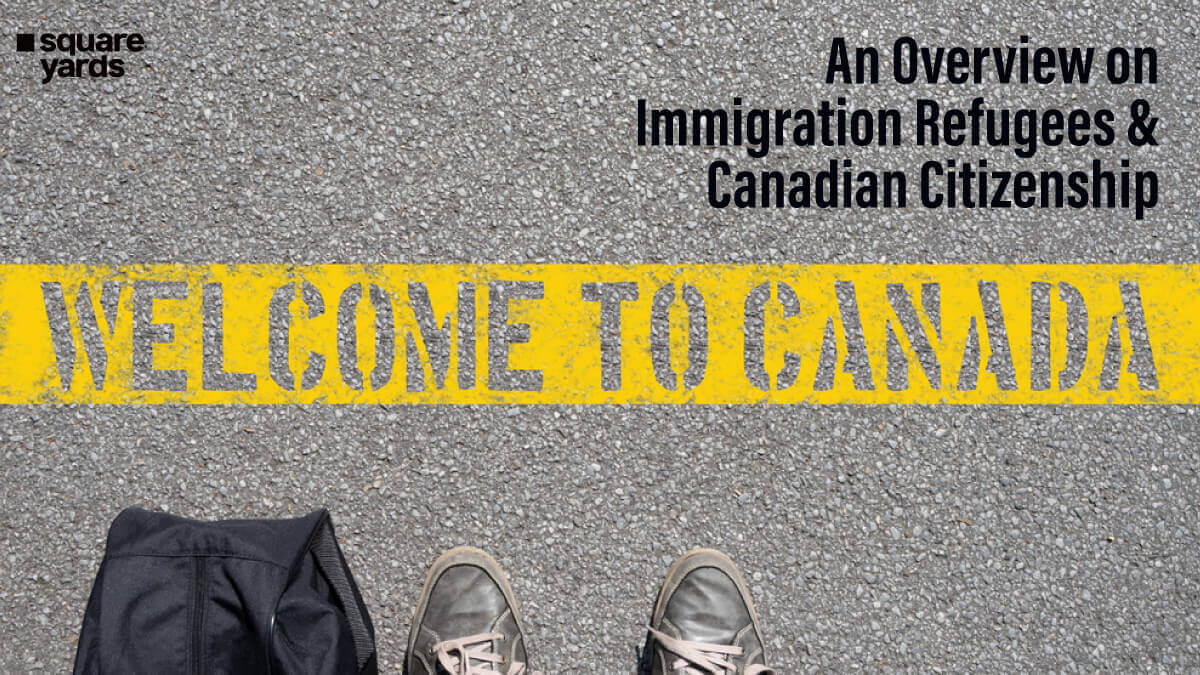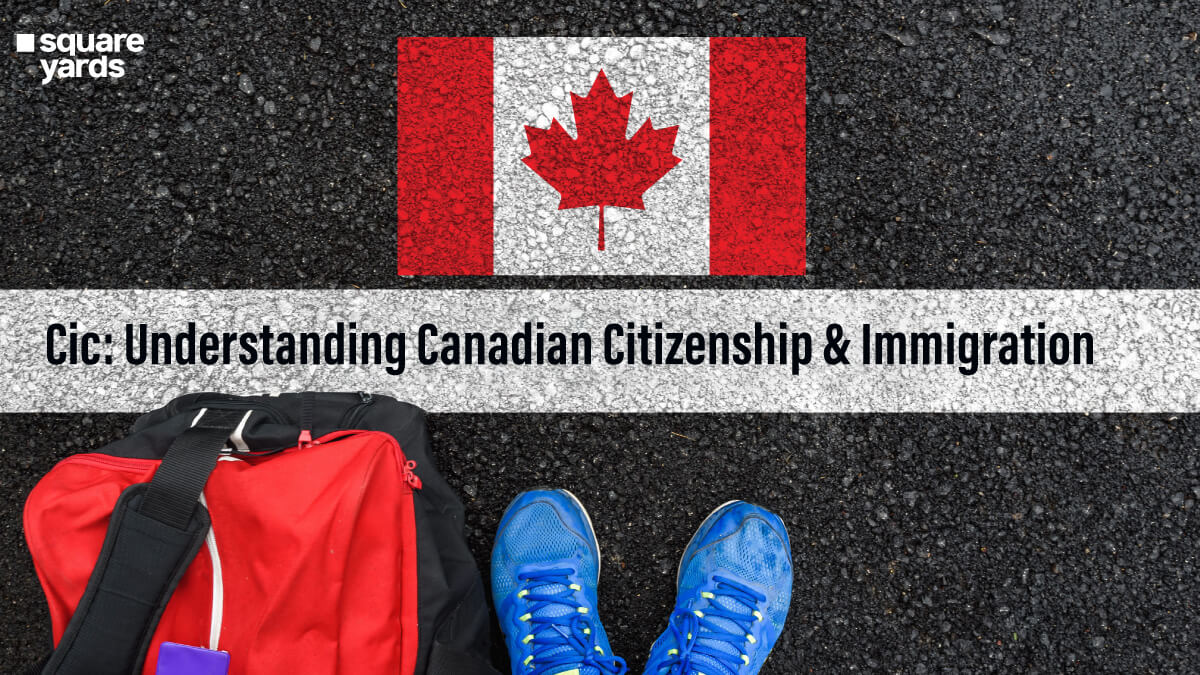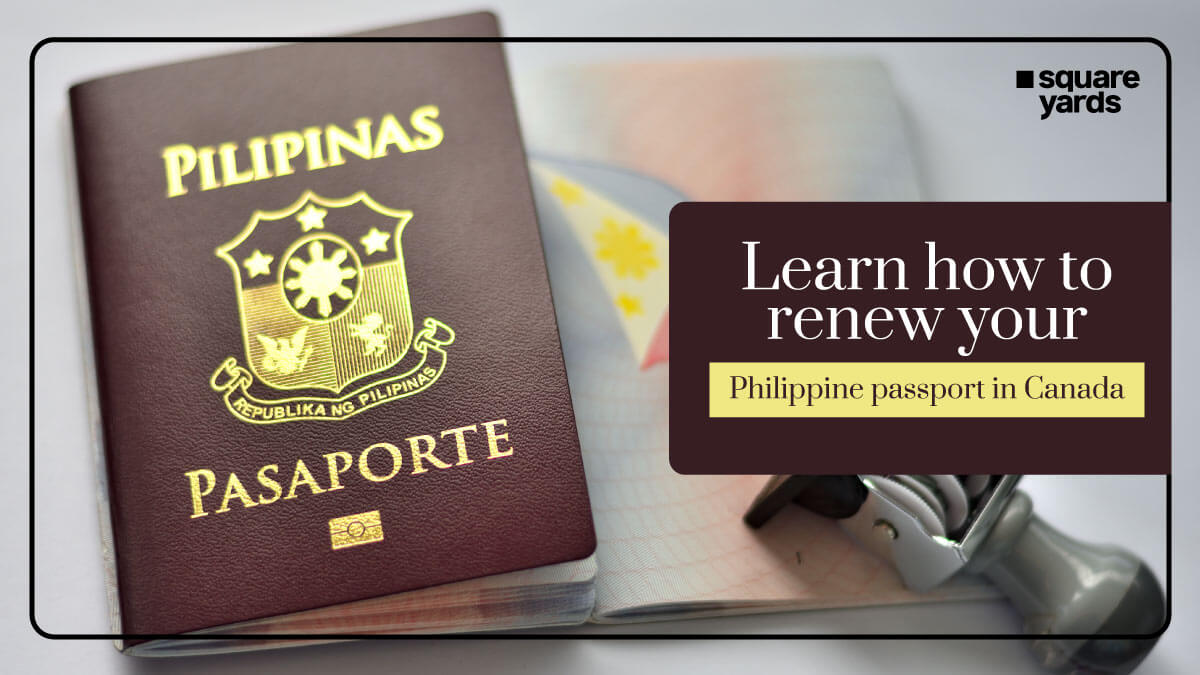With ample work opportunities, an excellent education system and multiculturalism, Canada has become the most sought-after country for people to move to and live in. But if you are planning to move here and have no idea about Canada’s immigration process, you need to know some essentials. We understand that you may have questions in mind, and we’re here to answer them.
So, without any further ado, let’s dive into the details.
1. What is the PR Card Application Process?
A PR or Permanent Resident card is an official document that proves one’s permanent residence in Canada. It is an integral part of Canada’s immigration process wherein permanent residents receive a card via mail as soon as they reach Canada.
The documents you need to submit are taken care of by the Canada border officials. One does not need to perform any other action. It takes around 3-4 months for the PR card to arrive for first-timers. You can keep an eye on the official government website to learn more about the processing times.
For those who wish to update or renew their PR card, here’s what is essential:
- Document Collection: A valid passport or any other travel document, pictures and documents translated into English or French.
- Filling the Application Form: Enter all the details and complete the entire document checklist form.
- Fee Payment: The fee includes 50 CAD for a PR Card and 85 CAD for the biometrics of an individual. Families pay 170 CAD for biometrics.
- Application Mailing Process: You can send the application online or via courier.
2. What Does a PR Visa Mean?
A PR or Permanent Resident Visa enables you to seek citizenship in a country after you have stayed there for a particular span of time.
Foreign nationals get a PR visa in their passport when they apply for permanent residency for the first time. It has a specific validity period during which the individual has to travel to Canada and complete all the formalities. This visa is not issued to visitors, foreign workers or students.
With a PR visa, you can enjoy all the benefits in Canada as its present citizens, except voting rights. Additionally, you cannot take up jobs in the government sector or hold a political position when staying in Canada with such a visa.
3. What Programs Help People Immigrate to Canada?
There are multiple Canadian programmers that can help you attain a permanent resident card in Canada. Some of them include:
- EE or Express Entry: The quickest and the most well-known program for Canadian immigration.
- PNP or Provincial Nominee Programs: Skilled individuals or those with good education and work background can opt for this program and contribute towards a particular territory or province.
- AIP or Atlantic Immigration Pilot: International graduates or skilled foreign workers who wish to stay and work in Nova Scotia, New Brunswick, Prince Edward Island, Newfoundland and Labrador can choose this program.
- SUV or Start-up Visa: As the name suggests, this program is for entrepreneurs who wish to establish a business in Canada or create jobs for Canadians.
- Family Sponsorship: It is a great program that allows your spouse, partner, parents, children or grandparents to live, study or work in Canada as permanent residents.
- Caregivers: Caregivers can become permanent residents or work in Canada on a temporary basis via Home Child Care Provider Pilot and Home Support Worker Pilot or Live-in Caregiver Program (LCP).
- Self-Employed: Those with substantial experience in athletics or cultural activities can choose Canada’s immigration as self-employed individuals.
4. Can You Opt for Canadian Immigration as a Family?
Yes, you can. You will have to list your family members as dependents during permanent residency. However, not all family members are allowed as dependents under a PR visa. These include parents, siblings and relatives. The ones who are permitted include:
- Your law partner or spouse
- Your dependent children
- The dependent children of dependent children
- The dependent children of your spouse or law partner
Note: They cannot arrive in Canada before you. You must provide all the correct information about yourself and them in immigration.
5. What are the Eligibility Criteria for Canadian Citizenship?
You are eligible for Canadian citizenship if you:
- Are a PR (permanent resident)
- Are present in Canada for 1,095 days or three years
- Have been filing your taxes for a minimum of three years
- Complete and pass a citizenship test
- Prove your skills in languages like French or English
- Do not have a criminal record
6. What Steps are Necessary to Apply for Canadian Citizenship?
To apply for Canadian citizenship, you need to follow the below-mentioned steps.
- Complete Your Application Package: Fill out all the details on the application form and attach two photos along with documents like language proof, photo ID and other immigration documents.
- Fee Payment: Adults pay 630 CAD, and minors (below 18 years) pay 100 CAD as application fees.
- Submit the Form: Once completed, submit the application package via courier or mail without any delay.
- Pass the Citizenship Test: You will get an invitation for a citizenship test while your application is under review. Usually, you get it a few weeks after AOR (Acknowledgement of Receipt). You may take it in either French or English.
- Meeting with a Citizen Official: After the interview, you will require attending a meeting with the citizen official. The official will check your language skills and verify your documents and application. The official may as well ask questions related to the same. So be prepared.
- Take the Citizenship Oath: The last step is to take an Oath as a Canadian citizen. It generally happens within three months after the test.
7. What is an EE Profile?
EE or Express Entry profile is a trusted online Canadian immigration application system wherein you can submit your profile as an applicant. Your EE profile will then be analysed to determine your ranking as a prospective skilled immigrant. The better your ranking, the higher will be your prospects to apply for a permanent residency.
In case you have an existing EE profile, you can apply for:
- FST or Federal Skilled Trades Program: The perfect program for skilled tradespeople who wish to immigrate to Canada.
- Canadian Experience Class: This class is especially for those foreign nationals who have spent a year in Canada working.
- FSW or Federal Skilled Worker Program: Those who wish to Canada’s immigration permanently and have substantial foreign work experience and higher education levels.
8. What is the Process to Create an Express Entry Profile?
You will require an IRCC account or Immigration, Refugees, and Citizenship Canada account to create an EE profile. So, first, make an IRCC account and then submit your profile to enter the list of EE candidates formally. Here’s what you need for an EE profile:
- NOC or National Occupational Classification Number: A number used by the Canadian government to classify different occupations and jobs.
- ECA or Education Credential Assessment: It is a report that confirms your foreign diploma, degree or other educational qualification as valid in Canada or equivalent to a Canadian degree or certificate.
- An Authorised Language Test: The language test (either in French or English) evaluates your reading, speaking, writing and listening skills.
9. What is the Express Entry Point Calculation Process?
You can use your CRS or Comprehensive Ranking System score as Canada’s immigration government-authorised online tool. CRS is a point-based system that helps you rank your EE profile and evaluate your points. These points are based on your:
- Education
- Skills
- Work Experience
- Language
With this score, you can check whether your EE profile rank meets the minimum criteria or not.
10. How Can You Work in Canada?
If you are a foreigner, you would require a work permit to work in Canada legally. However, you may not even need a work permit in some instances.
There are two kinds of work permits:
- Closed or Employer-Specific Work Permit: This work permit includes a specific employer’s name, location and the duration you will be working for.
- Openwork Permit: You can work with any employer in Canada. However, you can get this permit only in certain situations.
IEC or International Experience Canada is also one of the methods through which foreign nationals can work in Canada legally. You can visit the Canadian government website to learn more about IEC and its eligibility requirements.
Even international students can work in Canada. There are many study permits that come with work on or off-campus permissions for students. This is only valid till you are in school. After graduation, you will have to apply for an official work permit, permanent residency or a PG (Post Graduate) work permit.
11. How Can You Get a Job in Canada?
Finding a job in Canada can get difficult, especially if you know nothing about the country. It is, however, not impossible if you follow the right steps. First things first, make a resume and cover letter of Canadian standards.
Most employers will want to know if you are legally permitted to work in the country. You will, therefore, need to submit or be ready with documents like work permit, permanent residence, international student, spouse or Canadian citizen as proof.
- Look at Job Portals: There are many Canada-based portals where you can find jobs of your interest and experience. You may as well check platforms like LinkedIn or Monster to find them.
- Volunteering and Networking: You cannot trust only the online medium to search for jobs. Make connections, talk and ask people you know. Take their references or take up volunteering to get jobs.
- Find a Mentor: A mentor will help and guide you on Canada’s immigration application process, understand the local job market and help you establish a network of contacts. They can also refer you to people they know as per your qualifications.
- Reach out to Recruiters or Recruitment Agencies: In Canada, there are several recruitment agencies that will examine your current qualifications and help you land a job that fits your profile perfectly. You may find them through a simple Google search or via LinkedIn.
12. How Much Does Moving to Canada Cost?
Various factors determine your overall cost of moving to Canada. This includes whether or not you apply for EE, a study permit or a Working Holiday Visa.
- Express Entry: It costs around 15,000 CAD for a single person to Canada’s immigration. Couples and families must have a budget of 20,000 CAD and 30,000 CAD, respectively.
- Study Permit: Make sure you have acceptance from Canadian Designated Learning Institution for applying for a study permit. The cost is around 13,000 CAD. This doesn’t include tuition fees. As an internal student, you have a separate budget of 20-30,000 CAD to pay as a tuition fee every year.
- Working Holiday Visa: This Visa is available for youngsters from over 30 countries. They can live and work in Canada but make sure you have a budget of at least 4,000 CAD.
Wrapping It Up
Canada’s immigration process may seem long, but it is a welcoming one. The best part is that there are multiple ways for you to live, study or work in Canada. Although knowing French can be an added advantage, if you are proficient in English, are skilled and have all the documents, you can easily apply for a PR visa in Canada. The key is to be patient and understand all the nuances of Canadian immigration thoroughly before stepping forward.
We tried answering the most common questions that people who are immigrating to Canada generally have. Hope have you found the answers you were looking for.
You May Also Read
| Guide for New Immigrants in Canada | Immigrate to Canada From India |
| Businesses for Immigrants in Canada | Guide on Canadian Visa |
| Visit Canada for an Incredible Vacation | Guide to Travel Canada in Winter |

